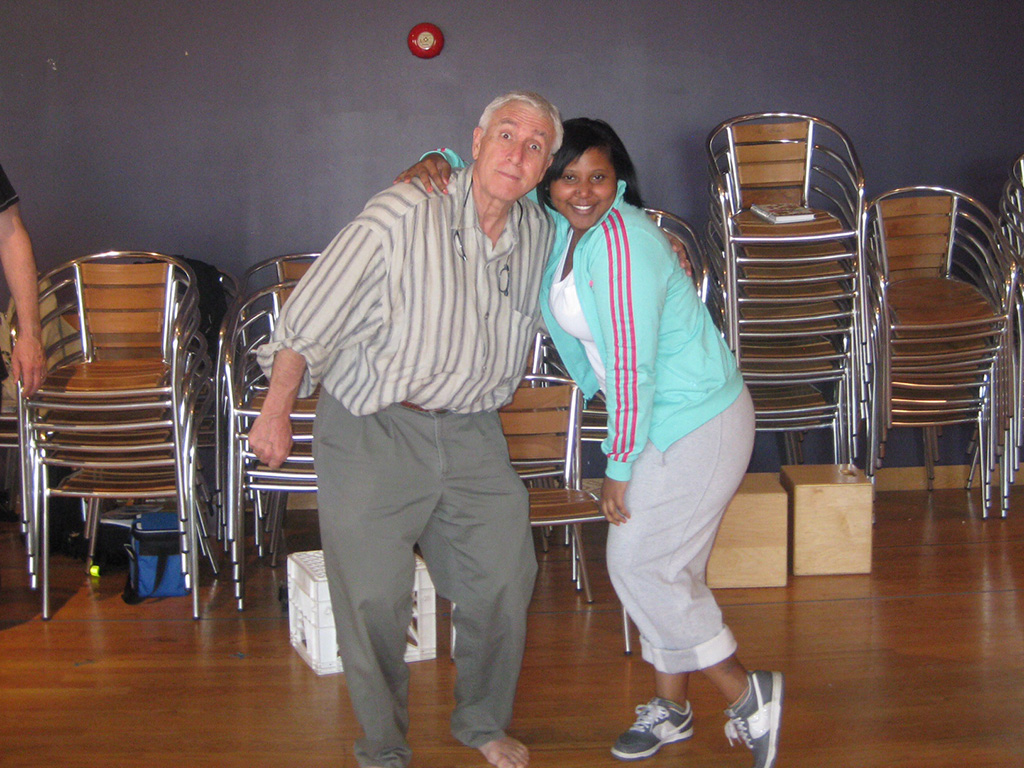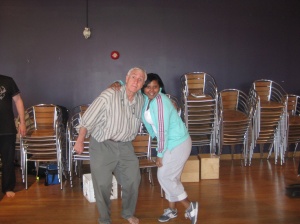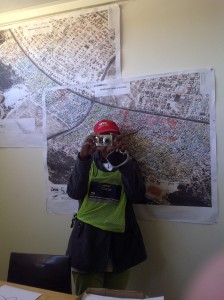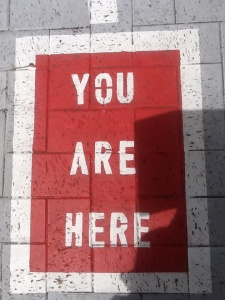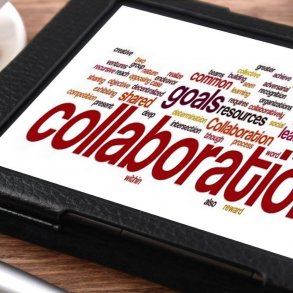By Moira Deslandes and published in Reflection Reflex: Reflections on Facilitation Practice
Facilitating conversations that support decision-making are founded on the same properties as sensemaking. Sensemaking is the process by which people give meaning to experience. I think sense making is the business we are in as facilitators. (For a summary of the properties of sense making see Wikipedia extract at the end of this article.)
Facilitation is a collaborative process fostering shared understanding among the participants. As a facilitator, my goal is to support and enable making sense of the each piece of data and stories that come into the room and exist long before the group gathers.
Each of the elements of sense making is listed below with a few words about that element in the context of facilitation. It is my intention over time to add more to each of these elements with more examples. If you have some you’d like to share too please do so!
1. Identity and identification.
When I facilitate I put a fair bit of effort into enabling people to identify themselves and be authenticated by the rest of the group. While it is often customary to have beautifully fashioned name tags waiting on arrival, I do like to leave them blank and have people complete their own. Gathering around a registration table with coloured markers brings its own conversation as well and the bumping into one another that happens in the natural course of the occasion can also be an unfettered networking moment. People also name themselves this way – some use pre and post nominals, others a single name, all giving away a little of their identity and how they want to be known. It is the beginning of making sense together of who is in the room and together they are shaping and co-creating the space with me.
2. Retrospection
Stepping in back, looking back, or gaining a new perspective is often central to the reason you have been hired to facilitate. If the session or process is to plan for the future, there is some looking back over the past, if it is evaluation the same is true; indeed almost all facilitative processes include retrospection. For instance even a round at the beginning to introduce everyone by inviting each participant to say what they had for breakfast as I was recently invited to do while attending a writers workshop, is a moment of retrospection. More detailed and deep retrospective activities are well-known components and most facilitators have a kit bag full of techniques for review and evaluative purposes.
3. Enact
Having time set aside to speak and to listen is essential in any facilitation. A facilitator supports participants to help them organise their thoughts, review their history and/or look at the journey they want to take together. The well-known joke: How do you eat an elephant? One bite at a time, springs to mind for me here. A facilitator who can design process that assists participants to sort thoughts, categories ideas and find themes is very welcome to complex and challenging situations.
4. Social
Keeping the story so it can be shared is essential. Social media tools can assist here pre, post and during any facilitated session. For example a common hashtag, to share on twitter and instagram accounts are simple, but there are also more traditional methods like taking photos and sharing them after the event by way of a short report. I recently hired a cartoonist-in-residence to build another social dimension. His finished cartoons were then shared both in a report, online and amongst all the participants. Having a list of all the emails has been a tried and true method as well. As a facilitator you can have a role in fostering the social dimensions of a process. For years I have inserted a “commercial break” into sessions, where participants can advertise something that they want to promote. I often give it another quality e.g. something in their home town, something personal, something from their network. Over the years some of the outcomes have been a car has been sold, a house rented and recruitment completed!
5. Ongoing
Facilitating and more importantly designing processes that build in feedback and provide opportunities for influencing others in the group need to be crafted to steer away from groupthink, while at the same time aiding the whole group to take steps together. Some of the techniques I have found useful have included setting up quick debating teams – 3 on each side 1 minute each on a point of difference and then having time for personal reflection before taking a step together. Another one I’ve used regularly is rotating flip chart paper – each individual flip chart having a traditional element e.g. for a SWOT process – an S, a W an O and a T ( you can do same with PMI or ORID as well). I have used successfully over the years after debate and discourse, five to ten minutes silent reflection, then bring the whole group back pose a question for decision and ask everyone to write their answer on a single piece of paper and on the count of three turn over their page. Every time I have done this consensus has occurred – one board I recently worked with said that was ‘magic”!
Sorting out what information and data is relevant is often messy. Participants come with knowledge that may not be available to others in a process; it also happens that there are hidden or hiding pieces of a puzzle that need to extracted to enable decision-making or new thinking to emerge. A facilitator who is able to extract without it being like a root canal treatment is often valued for their compassion. I have noticed over the years facilitating withheld information is a power trip for some participants and therefore a facilitator who can empower and not embarrass, support and not destabilise is more likely to be able to extract cues for sense making – and this may be a facilitator’s harm minimization strategy. I know that has been true for me when facilitating some situations that were essentially toxic.
7. Plausibility over accuracy
Every participant has their own view – and where ever you stand on the mountain will depend on what view you see! There is selected memory, selected hearing and often those selected to participate in a given process can forecast problems. In open space technology, the maxim that who ever turns up is who is meant to be here, is a good one for any facilitator to hold on to. In most facilitation process I try to accommodate elements of random sampling, even it is just numbering off for small group work to help hear all the voices and minimise the undercurrent politics in every situation. Another technique I have used to accommodate this sense making variable is to invite everyone to submit a question into a hat and then ask everyone to pull out a question and try to answer it. This invariably harvests new information, insights and helps build trust too, if I’ve done my work well to make the process safe for all participants.
I look forward to hearing from other facilitators. Your thoughts?
From Wikipedia
- Identity and identification is central – who people think they are in their context shapes what they enact and how they interpret events (Pratt, 2000, Currie & Brown, 2003; Weick, Sutcliffe, & Obstfeld, 2005; Thurlow & Mills, 2009; Watson, 2009).
- Retrospection provides the opportunity for sensemaking: the point of retrospection in time affects what people notice (Dunford & Jones, 2000), thus attention and interruptions to that attention are highly relevant to the process (Gephart, 1993).
- People enact the environments they face in dialogues and narratives (Bruner, 1991; Watson, 1998; Currie & Brown, 2003). As people speak, and build narrative accounts, it helps them understand what they think, organize their experiences and control and predict events (Isabella, 1990; Weick, 1995; Abolafia, 2010) and reduce complexity in the context of change management (Kumar & Singhal, 2012).
- Sensemaking is a social activity in that plausible stories are preserved, retained or shared (Isabella, 1990; Maitlis, 2005). However, the audience for sensemaking includes the speakers themselves (Watson, 1995) and the narratives are ‘both individual and shared…an evolving product of conversations with ourselves and with others’ (Currie & Brown, 2003: 565).
- Sensemaking is ongoing, so individuals simultaneously shape and react to the environments they face. As they project themselves onto this environment and observe the consequences they learn about their identities and the accuracy of their accounts of the world (Thurlow & Mills, 2009). This is a feedback process so even as individuals deduce their identity from the behaviour of others towards them, they also try to influence this behaviour. As Weick argued, “The basic idea of sensemaking is that reality is an ongoing accomplishment that emerges from efforts to create order and make retrospective sense of what occurs” (Weick, 1993: 635).
- People extract cues from the context to help them decide on what information is relevant and what explanations are acceptable (Salancick & Pfeffer, 1978; Brown, Stacey, & Nandhakumar, 2007) Extracted cues provide points of reference for linking ideas to broader networks of meaning and are ‘simple, familiar structures that are seeds from which people develop a larger sense of what may be occurring.” (Wick 1995: 50).
- People favour plausibility over accuracy in accounts of events and contexts (Currie & Brown, 2003; Brown, 2005; Abolafia, 2010): “in an equivocal, postmodern world, infused with the politics of interpretation and conflicting interests and inhabited by people with multiple shifting identities, an obsession with accuracy seems fruitless, and not of much practical help, either” (Weick 1995: 61).
Each of these seven aspects interact and intertwine as individuals interpret events. Their interpretations become evident through narratives – written and spoken – which convey the sense they have made of events (Currie & Brown, 2003).
